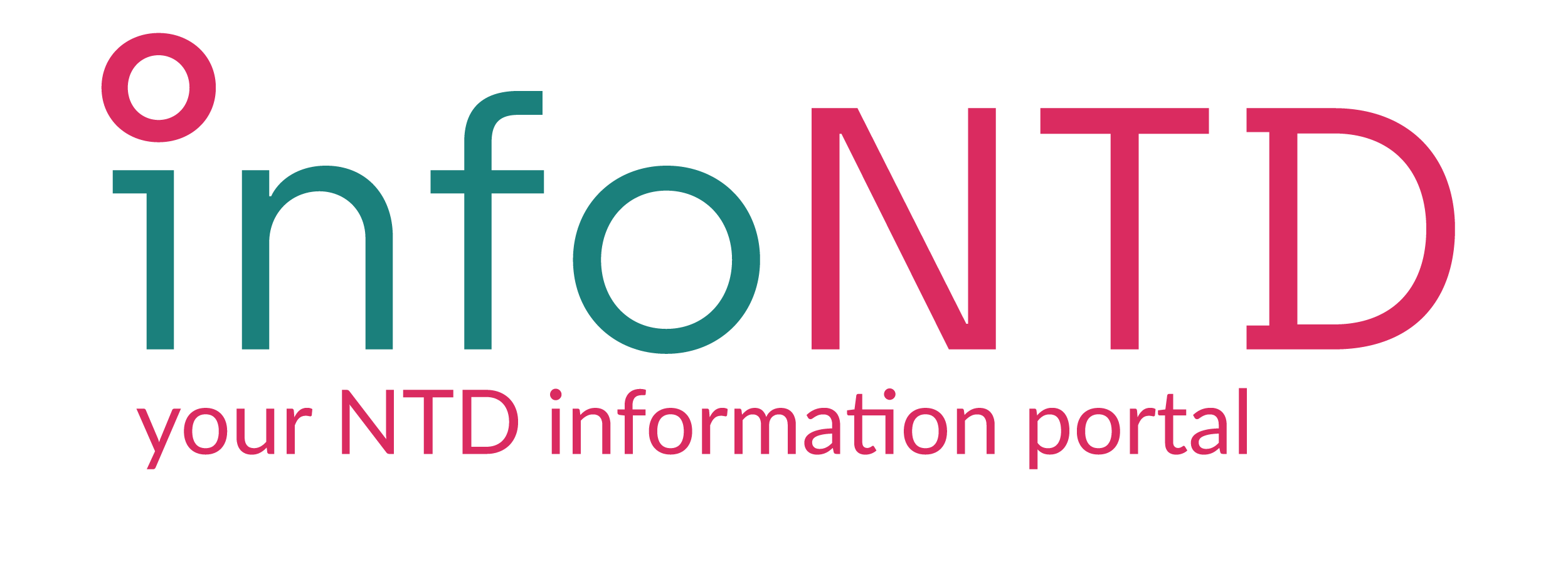Back to search
Publication
Cultural Mechanisms of Leprosy-Related Stigma: A Gendered Analysis Using the What Matters Most Framework in Far-Western Nepal
Abstract
Leprosy-related stigma in Nepal adversely affects socioeconomic and health outcomes. The cultural shaping of stigma is often overlooked in stigma (reduction) research. Therefore, this study aimed to (i) identify cultural capabilities in daily life that “matter most” for men and women; (ii) extend and corroborate perspectives and experiences of leprosy-related stigma; and (iii) explore how “what matters most” (WMM) intensifies or protects against leprosy-related stigma in Far-Western Nepal. We performed a directed content analysis of 38 interviews and 8 focus group discussions with a total of 80 men and women affected by leprosy, family members, and healthcare workers—directed by the WMM framework. WMM included key personal and family capabilities, centered around personal and family honor and prestige (
ijjat
). Stigma was rooted in cultural beliefs of leprosy as
karma
or
divine punishment
leading to
apahelana
(disrespect or disregard) and social exclusion, indicating a loss of personhood. This hinders attainment of WMM in both family and community settings which can negatively affect self-confidence and (mental) health, exacerbating stigma. The study supports the applicability of WMM to leprosy and found that family support and involvement alongside treatment could mitigate some powerful aspects of stigma attached to leprosy. Given its dual role found in this study, family support should be leveraged for stigma reduction efforts enabling families to facilitate WMM for persons affected by leprosy. This study advances the work on WMM and stigma by exploring an infectious condition historically associated with deeply rooted misconceptions, fear, and exclusionary practices.
More information
Type
Journal Article

 infontd
infontd